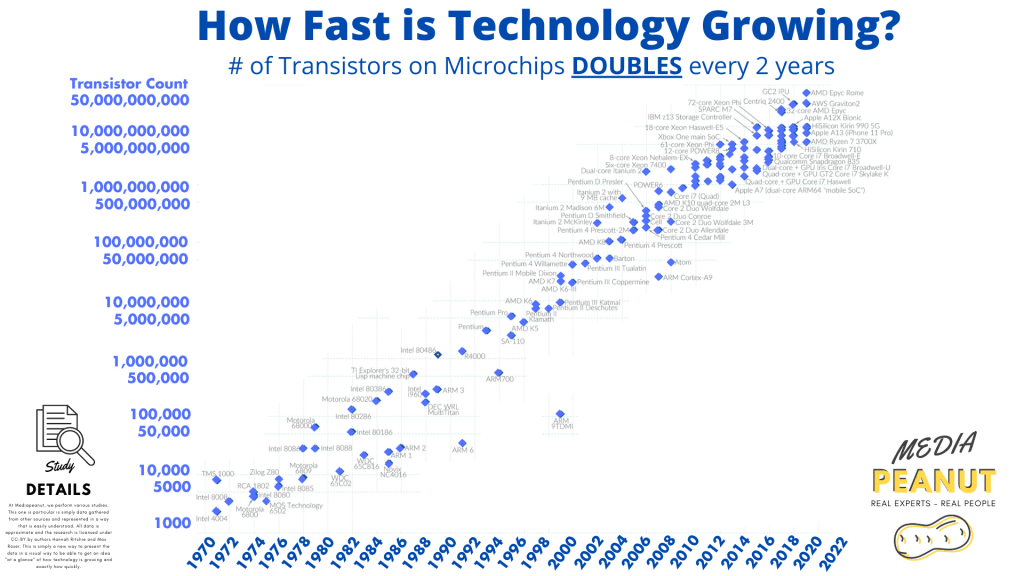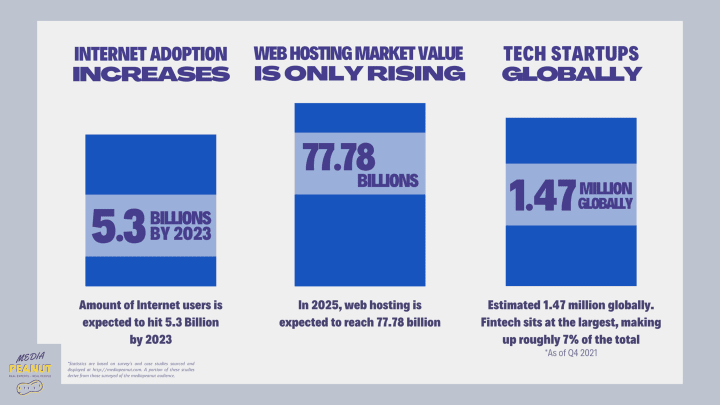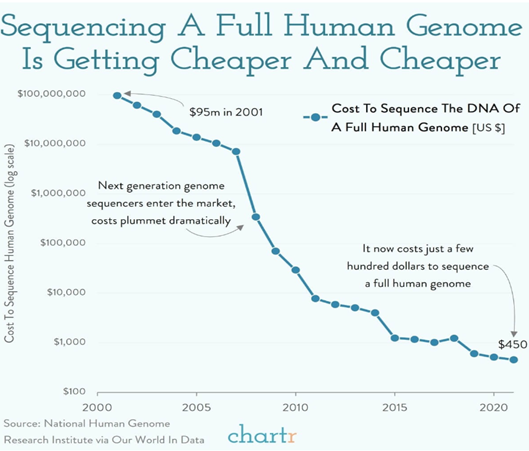Hi Readers!
You must have heard the word “cutting edge technology”. Those who have developed it know exactly what it is but, do you really understand what it means? and what actually is cutting edge?
During blogging, I have experienced that our people by and large don’t care to know if they understand what they are talking about? That’s one reason that I started blogging.
Kim Jong Un: North Korean politician once said,
“The industrial revolution in the new century is, in essence, a scientific and technological revolution, and breaking through the cutting edge is a shortcut to the building of an economic giant.”
Cutting edge means the sharp edge of a cutting tool meaning thereby, the newest and the most advanced area of an activity. Technology refers to devices, techniques or achievements that employ the most current and high-level IT developments or frontiers of knowledge (i.e., what is known or done before in an area of knowledge or an activity). For example, leading and innovative IT industry is often referred to as “cutting edge.”
The true type of cutting-edge technology is Artificial Intelligence (AI), Data Standards and Advanced Analytics, Warehouse Robotics, Wearable Devices and much more.
Artificial intelligence systems have already impacted our lives tremendously by shaping what we see, believe, and do (I have already blogged extensively on this subject. Based on the advances, it is expected that AI will become more powerful and impactful in the coming years and decades.
Many AI experts believe that human-level artificial intelligence will be developed within the next decades or may be earlier as it is already being used in facial recognition, natural language processing, and machine learning.
We all know that development of technologies is fast to the extent that sometimes we hardly grasp one when its advanced version comes in. Just look at the picture below:

This is the development of microchips for transistors which doubles every years.
The speed at which technology is growing is 2x every 18 months. Over 89% of big data has been produced within the last 2 years.
The development is rapid and advancing even more rapidly than our population is ready to absorb it. It was just yesterday that many of the current technologies were adopted, and the future appears to have more and more of them quickly than anticipated. Look at the picture below:

This is a growth chart prepared by Paul Michael in 2023showing the pace and statistics of technology development. Please read full article at https://mediapeanut.com/how-fast-is-technology-growing-statistics-facts/
New software, software stacks, hardware, and ideas are born and are being implemented so fast that many businesses cannot keep up. Just imagine, the moment the cloud (having the ability to store and access data and programs over the internet instead of on a hard drive) was developed, cloud-native deployments became a frenzy. The moment containers (packages of software that contain all of the necessary elements to run in any environment and run anywhere, even from a private data center to the public cloud or even on a developer’s personal laptop) become popular, Kubernetes which is an open-source container orchestration system for automating software deployment, scaling, and management) came into being.
Such a pace of advancement in technology has made many businesses nervous but, the competition is pushing them to take the risk especially when they are sure that it is going to pay off. If you own a company, the risks are open before you for selecting the one that benefit your company.
Please remember that cutting edge (otherwise known as “bleeding edge“) technology is exactly what it sounds like. Meaning thereby a technology that hasn’t had the opportunity to fully mature and hence is loaded with a high risk of unreliability. It could be a software which is out of beta (Beta testing is when the software is tested by a larger users especially those outside of the organization that developed it) and has been made available to both the general public and business users but has yet to be properly vetted by users. This type of technology exists at the frontier of knowledge and is often viewed as “game changing.”
Some time ago, cloud containers, artificial intelligence and machine learning were considered cutting edge technologies but now, all are being commonly used. The new cutting-edge technologies include:
Quantum computing, which is a multidisciplinary field comprising aspects of computer science, physics, and mathematics that utilizes quantum mechanics to solve complex problems faster than classical computers. The field of quantum computing includes hardware research and application development.
Deep learning, which is a machine learning technique that teaches computers to do what comes naturally to humans. Deep learning is a key technology behind driverless cars, enabling them to recognize a stop sign, or to distinguish a pedestrian from a lamppost.
Co-botics or human-robot collaboration is a concept of “Cooperative Robotics” formed by the two words “cooperation” and “robotics”. Hence Co-botics refers to a device designed, manufactured and used to interact and cooperate with a human, unlike a conventional robot which operates completely autonomously and
Neuromorphic chips are any device that uses physical artificial neurons made from silicon to do computations. IBM developed the TrueNorth (one of the most successful Fintech software company) neuromorphic chip. The chip is used in visual object recognition and has lower power consumption than traditional von Neumann hardware.
However, the question remains that,
“are all these technologies good for your business or any business?
Answering the question will make you skeptical. Isn’t it?
Advantages of Cutting-Edge Technology
The biggest advantage is modernizing the pipeline (a sales pipeline that can help understanding how the customers are interacting either with your or any other particular brands/products/and services? It also describes a process through which a particular viewpoint goes through and the way the sales and marketing teams engages with that viewpoint at various stages.
Today’s business pipeline is radically different from its earlier version. In today’s business pipeline, Software and software stacks (a combination of tools and programming languages to create a platform that supports applications) are formed by the operating system, a web server, a database, and at least one programming language. Since software has the frontend (client facing) and the backend (the server side) hence, software engineers talk of two separate stacks that cover all the layers making up the entire tech stack of that particular software to develop it successfully.
Others, however, believes that developing both the front and back end with the same stack isn’t just possible but is also the best alternative. These are the full stack developers, engineers who possesses necessary skills to create or optimize the complete integration between frontend and backend systems through one single code.
Cutting-edge technology makes it possible for business to revolutionize the way your pipeline functions. Brand-new technology can bring new features to existing pipelines or even make it possible to create a completely new way of doing business. Cutting-edge technology can not only help revolutionizing the pipeline but also make it more efficient which save lots of money (Please see the picture below).






